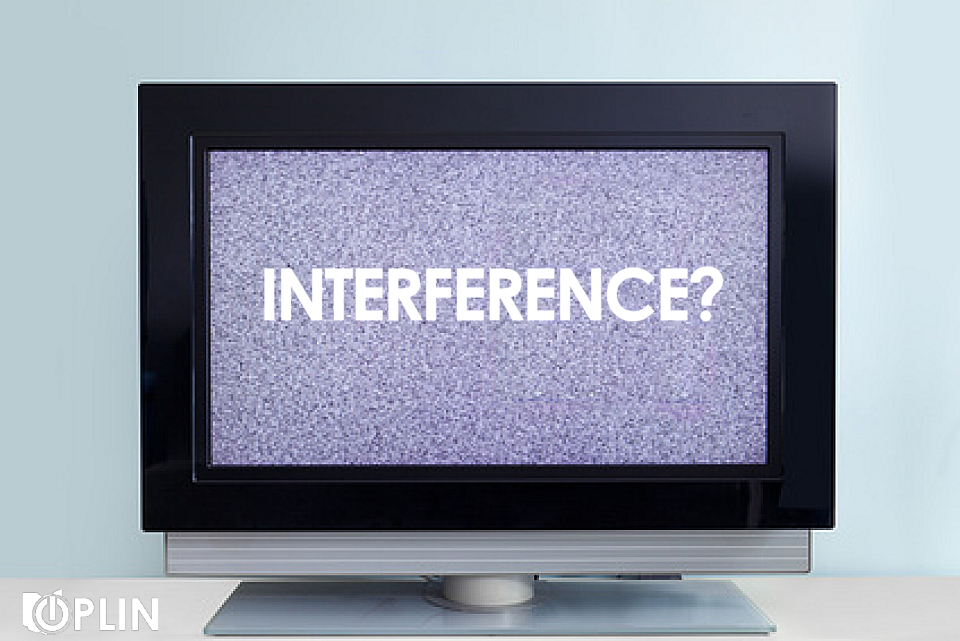 At the beginning of December, the British telecommunications regulator Ofcom created a lot of attention in the media when it released a warning that holiday lights could interfere with Wi-Fi performance. Wi-Fi performance in libraries is always a concern, not just during the holidays, with everything from microwave ovens to aluminum blinds potentially causing problems. The recent articles linked below might give you some ideas of where to look if you suspect a Wi-Fi interference problem.
At the beginning of December, the British telecommunications regulator Ofcom created a lot of attention in the media when it released a warning that holiday lights could interfere with Wi-Fi performance. Wi-Fi performance in libraries is always a concern, not just during the holidays, with everything from microwave ovens to aluminum blinds potentially causing problems. The recent articles linked below might give you some ideas of where to look if you suspect a Wi-Fi interference problem.
- 7 WiFi killers that may surprise you (Network Computing | Lee Badman) “WiFi works in the unlicensed 2.4-GHz and 5-GHz frequency ranges. There are many other devices that also leverage the fact that you can transmit in these spectrums without expensive and complicated licensing requirements. In addition, all the wireless devices that tend to step on each other are required to tolerate interference, unless you can change their channel to a non-polluted one within their operational profiles. In other words, interference is a fact of life under the current rules.”
- How does wireless Internet interference happen? (Midcontinent Communications) “Today’s world is full of the Internet of Things – and it’s only growing as our homes become filled with an increasing number of devices that connect to the Internet, mostly wirelessly. Examples of devices that can cause wireless interference include laptops, phones, tablets, streaming media players, TVs, Blu Ray players, printers, exercise equipment, sound bars, thermostats, refrigerators, bathroom scales, security cameras, cordless phones, microwave ovens and more.”
- Wi-Fi and non-Wi-Fi interference examples (MetaGeek | Taylor Bell) “Bluetooth devices are active in the 2.4 GHz band. These devices are frequency hoppers that impact all channels, so you can’t move your Wi-Fi to avoid their transmissions. However, Bluetooth devices are relatively low-powered and hop very quickly, and will have limited impact on Wi-Fi devices. It isn’t until many Bluetooth devices are active simultaneously that you are likely to see problems with your Wi-Fi.”
- Why LTE-U is the next great interference threat to Wi-Fi (Aerohive Networks | Craig Mathias) “Perhaps the biggest threat now on the horizon for Wi-Fi is a form of the cellular technology LTE (often called “4G”) that actually operates on the unlicensed bands. It’s called, for that reason, LTE-U, but is more formally known as LAA-LTE, and is designed to be deployed indoors just like Wi-Fi. But LTE-U isn’t Wi-Fi; it’s in fact incompatible to the point the LTE-U can essentially lock out Wi-Fi entirely. It does this by using a shorter listen-before-talk period than Wi-Fi specifies, so LTE-U will always grab free airwaves ahead of Wi-Fi.”
Articles from Ohio Web Library:
- LTE-U steamrolls into WiFi. (Broadcasting & Cable, 6/8/2015, p.16 | Leslie Ellis)
- Parties renew disagreements over LTE-U/LAA impacts. (Telecommunications Reports, 7/1/2015, p.41-45 | Paul Kirby)
- Expanding mobile capacity: The evolution to LTE-U and LAA. (Microwave Journal, 2015 Supplement, p.16-20 | Andreas Roessler)


